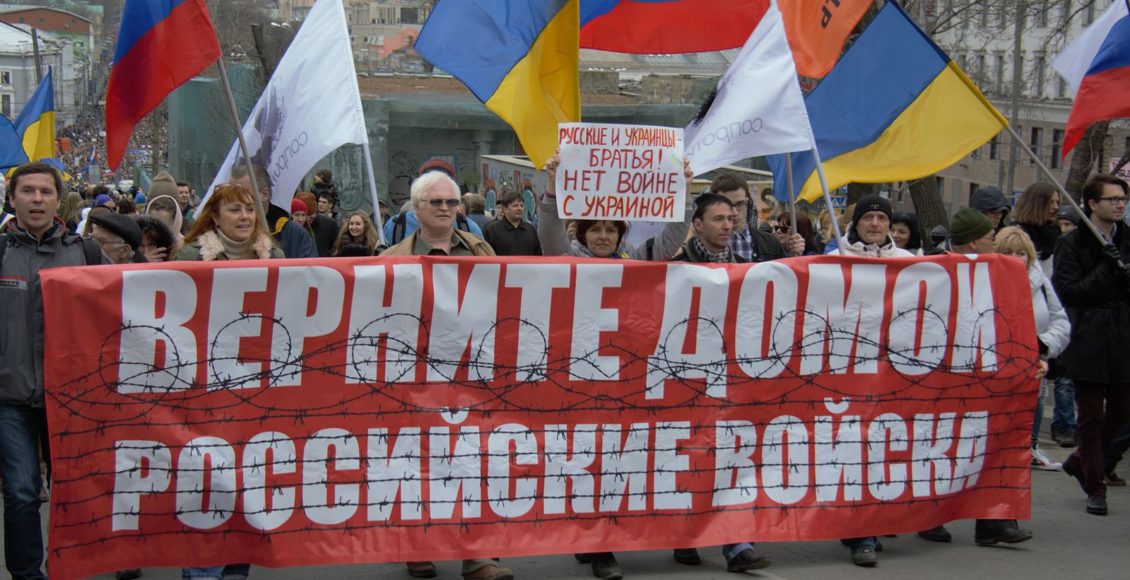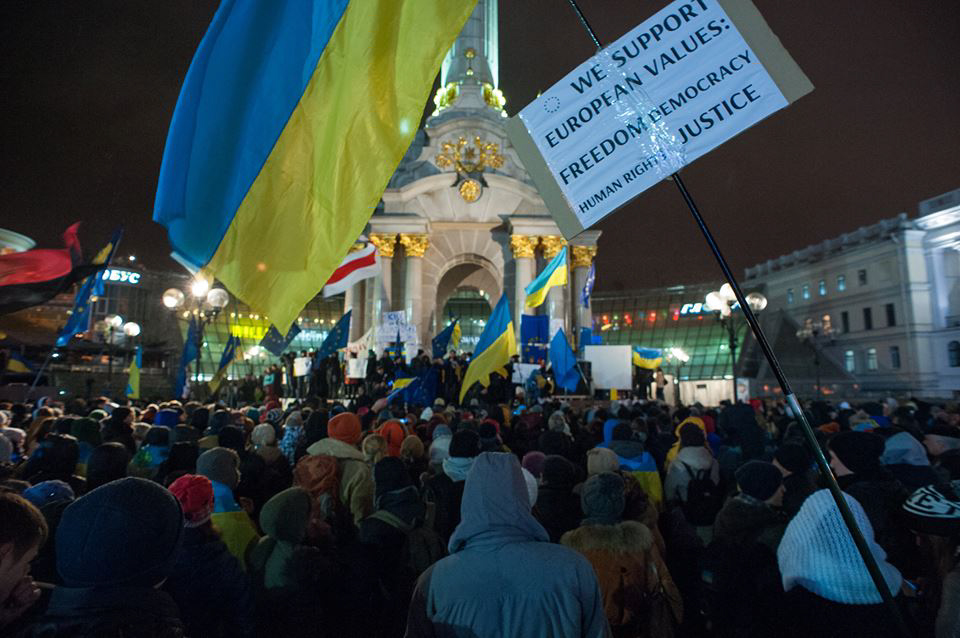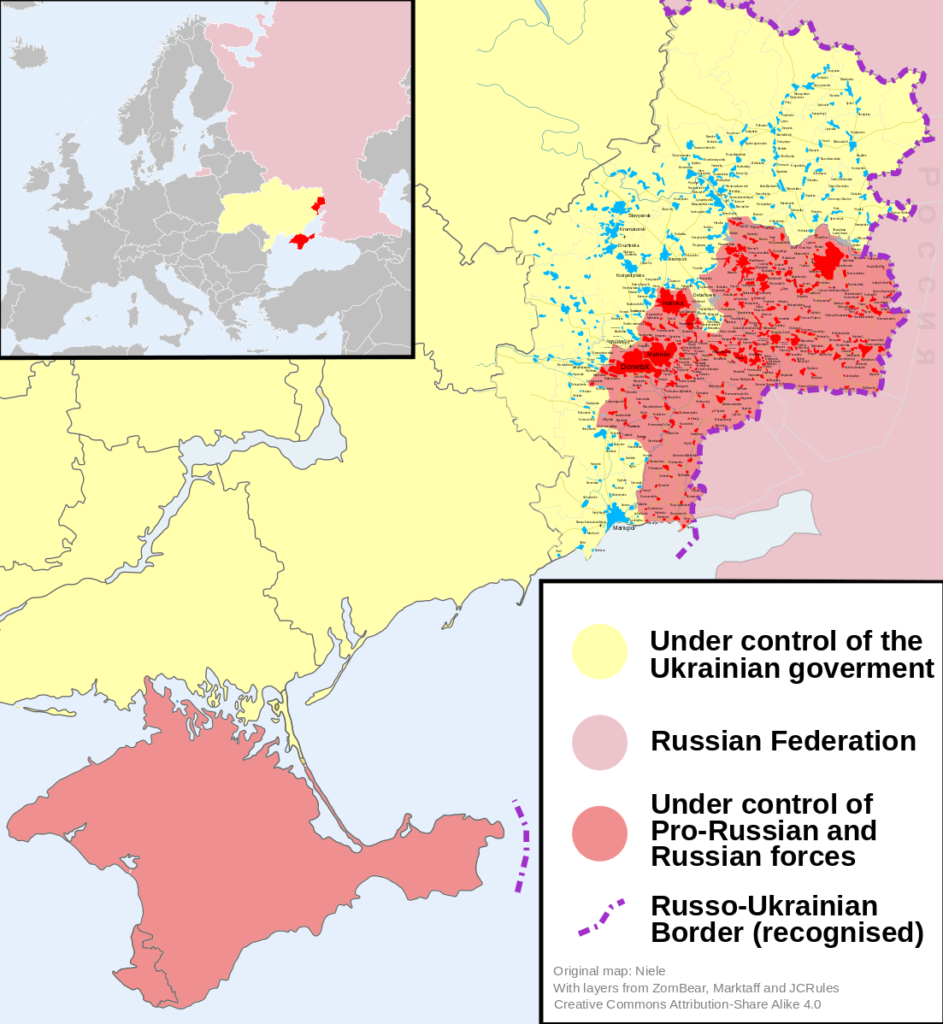The Future of Ukraine-Russia Relations: Reconciliation or a Dead End?

On December 9, 2019, Ukrainian President Volodymyr Zelensky met with Russian President Vladimir Putin for the first time. At the meeting, the two had planned to discuss the future of Ukraine-Russia relations and the potential for peace negotiations. Following Russia’s invasion of ‘little green men’ and the eventual annexation of the Crimean Republic from Ukraine in 2014, tensions between both states escalated into conflict. To date, the conflict has claimed over 14,000 lives and displaced approximately two million Ukrainians.
In what is believed to be a measure to increase Russia’s power in the international sphere, Putin has maintained the notion that Crimea is ‘Russian territory,’ citing Russia’s historical claim to the region. Many of Putin’s supporters have claimed similar reasons to legitimise Putin’s land grab over Crimea, pointing to the linguistic and cultural similarities between Crimea and Russia as reason to save ‘Russians’ abroad. Ukraine and most of the international community, however, view Russia’s actions in Crimea as a violation of Ukraine’s territorial integrity and as a way for Russia to hinder Ukraine from pursuing any sort of ascension to NATO or greater integration with Western Europe. In expanding its influence through Ukraine, the Russian Federation aims to deter the country from any sort of Euro-Atlantic policy.

The meeting between Zelensky and Putin in early December can be seen as a significant step towards easing tensions between the two states. The Normandy Four Summit in Paris, which hosted both leaders, along with French President Emmanuel Macron and German Chancellor Angela Merkel, concluded that both Ukraine and Russia were to implement ceasefire measures before the end of 2019, in hopes that peace negotiations would take place more efficiently.
In September 2019, seventy prisoners were exchanged between Ukraine and Russia in what was seen as a positive effort from both countries to engage in peace negotiations. In addition, Zelensky committed to upholding the Steinmeier Formula—a peace framework endorsed by Russia that would address the sovereignty status of Ukraine’s de-facto autonomous breakaway regions of Donetsk and Luhansk. However, in the aftermath of the Paris meetings, there are still many challenges which lie ahead. Ukraine’s desire to maintain control of its borders and to continue aligning with the European Union is at odds with what the Russian Federation wants for Ukraine. In this light, it appears that Ukraine faces a significant challenge in attempting to establish peace with the country’s conflict regions—either Ukraine succumbs to Russia’s demands and demeans its national interests, or it continues to try to find a way to bring peace while soldiers die on the front lines.
Despite the positive conclusions reached at the Normandy Summit, very few measures have been enacted. Four months following the Paris meetings, casualties in Ukraine’s breakaway regions have persisted. The continued resistance by Ukrainian soldiers follows the failed results of the Minsk I and II agreements between Ukraine and Russia in 2014-15, in which several measures were implemented in an attempt to reach a ceasefire. The failure of the Minsk Protocols, coupled with a lack of direction following the Paris meetings, point to a clear lack of significant progress between both states. With the conflict continuing into its sixth year, the lack of progress is disheartening.
Indeed, Ukraine has attempted to deal with this dilemma. Zelensky’s adherence to the Steinmeier Formula was seen as a step towards preserving Ukraine’s demands while also bringing about peace, but it has not gone without criticism. In upholding the Steinmeier Formula, Ukraine would agree to hold independent elections in the country’s breakaway regions of Donetsk and Luhansk, in which its self-declared autonomous governments have been supported by the Russian Federation. The deal goes that if the Organization for Security and Cooperation in Europe determines the elections as “free and fair,” they would be granted autonomous status from Ukraine. As such, the breakaway regions would act as self-governing states, essentially separate from Ukraine, but still officially part of Ukrainian territory. Since the agreement to the Steinmeier Formula has been implemented, the battle lines in Stanytsia Luhanska, Zolote, and Petrivske have observed the withdrawal of both Russian occupation forces and the Ukrainian army.

Surely, the Steinmeier Formula has yielded positive results for Ukraine’s soldiers, but many Ukrainians, especially those who are more nationalist, argue that the agreement would surrender to Russia’s demands. They feel that both Luhansk and Donetsk would then be considered as independent from Ukraine, despite the fact that Ukraine would regain control over its borders with Russia. Unsurprisingly, the Russian Federation has expressed clear support for the Steinmeier Formula, believing that it will help legitimise their actions in Eastern Ukraine.
In mid-February 2020, tensions escalated along the Ukrainian frontlines, killing one soldier and wounding five others. Despite Ukraine’s efforts to maintain stability in the country, there is still no observable path to how or when Ukraine will gain control over its borders. Ukraine cannot stand alone in its fight for territorial integrity. It is now time for the rest of the international community to take a more active stand in helping Ukraine fight for peace.
Since Volodymyr Zelensky took office in 2019, it has been very clear that his platform seeks to end the war in Ukraine. This objective is one of many reasons which made Ukrainians sympathize with his campaign and elect him into office. But his willingness to work with Russia in the effort to bring peace is in stark contrast to the actions of his predecessor, Petro Poroshenko, who maintained a harsh stance against any sort of cooperation with Russia. Accordingly, Poroshenko’s views hold the Steinmeier Formula as a defeat against Ukraine. In wishing to fulfill the needs of all Ukrainians, Zelensky and his administration therefore face a significant test in its remaining four years.
The featured image, “Марш за мир и свободу,” by Dhārmikatva is licensed under CC BY-SA 3.0.
Edited by Nikita Buchko.
